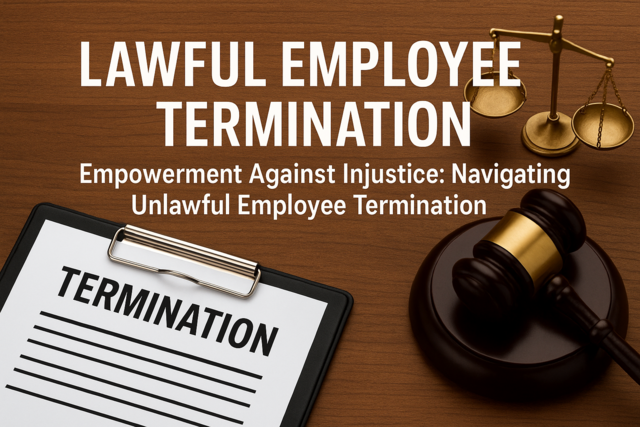Business Etiquette
Empower Your Professionalism with Grace and Confidence

5 Hours average completion time
0.5 CEUs
14 Lessons
20 Exams & Assignments
45 Discussions
14 Videos
28 Reference Files
139 Articles
Mobile Friendly
Last Updated December 2025
Mastering Business Etiquette: Paving the Way to Success
In the modern business landscape, where competition is fierce and impressions matter more than ever, impeccable business etiquette isn't just a luxury; it's a necessity. Navigating the intricate maze of professional interactions, from meetings to emails to social gatherings, requires an astute awareness of propriety, cultural nuances, and polished personal presentation. This course, "Mastering Business Etiquette," is meticulously designed to elevate you above the competition, ensuring you not only fit in but stand out in every professional setting.
Picture this: two equally qualified candidates walk into a room. One is knowledgeable but lacks the refined touch in their interactions, while the other exudes confidence, knows when to speak, when to listen, and makes everyone in the room feel valued. Which one leaves a lasting impression? Our extensive curriculum aims to ensure that you are consistently the latter.
While many professionals believe they possess adequate etiquette, few understand the breadth and depth of its impact. Our course delves deep, dissecting various elements that might be unconsciously stalling your growth, and offers actionable insights to transcend those barriers. From foundational principles to nuanced strategies, we ensure you're prepared for every situation.
Key Highlights:
-
Personal Branding & Image: Learn how to craft and project a compelling professional narrative. Your image is not just about how you look, but how you make others feel. We help sculpt your persona so it resonates in every room you enter.
-
Advanced Communication Techniques: Communication goes beyond words. Understand the subtleties of body language, active listening, and effective verbal conveyance to make every interaction count.
-
Digital Decorum: In a world dominated by screens, learn how to maintain professionalism across digital platforms, from the perfect email sign-off to voicemail etiquette.
-
Dress for Success: Decipher the unwritten codes of business attire. What does "business casual" really mean, and how can you use clothing to express your competence and confidence?
-
Networking & Social Engagements: Seamlessly navigate business cocktails, conferences, and other networking events with grace. Master the art of small talk, introductions, and ensuring mutually beneficial encounters.
-
Cultural Sensitivity & International Etiquette: As businesses become more global, understanding cultural nuances is essential. Discover strategies for successful international interactions, whether you're traveling abroad or video-conferencing.
-
Specialized Modules: From job interviews to boardroom presentations, we have tailored sessions addressing the unique challenges and opportunities of various professional scenarios.
By the end of this transformative course, you won't just be another face in the crowd. You will possess the rare blend of knowledge, grace, and professionalism that paves the way to unparalleled success. Whether you're an emerging executive, a seasoned professional looking to refresh your interpersonal skills, or simply aiming to be the best in your field, "Mastering Business Etiquette" is the catalyst to propel your career to unprecedented heights. Join us and invest in a future where every door is open, every interaction is an opportunity, and success is not just a goal, but a guarantee.
- Effective networking strategies
- Professional personal branding
- Office gossip management
- Credible professional image
- Confident business attire comprehension
- Impactful presentation skills
- Refined dining etiquette
- Strategic social media management
- Digital communication proficiency
- Enhanced interpersonal communication
- Cultural sensitivity awareness
-

Lawful Employee Termination
-

Negotiation Skills
-

Strategic Planning
-

Lean Management
-

Kaizen 101 - An Introduction
-

Business Credit 101
-

Team Building 101
-

Introduction to Logic
-

Business Professionalism
-

Developing Great Social Skills
-

Business Branding 101
-

Business Budgeting 101: How to Plan, Save, and Manage
-

Business Coaching
-

Customer Relationship Management
-

Ultimate Secretary Training Bundle
-

Motivational and Public Speaking
-

Assertiveness Training
-

Procurement Management
-

Become a Life Coach - Course Bundle
-

Marketing 101
-

Habits of Millionaires
-

Career Coaching
-

Product Management 101
-

Writing Help Course Bundle
-

Leadership Skills for Managers
